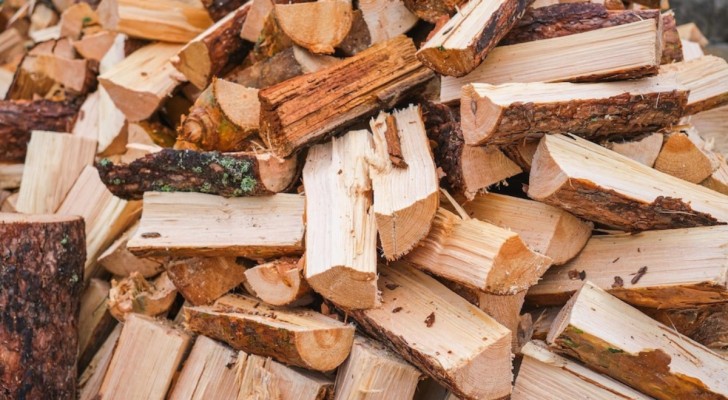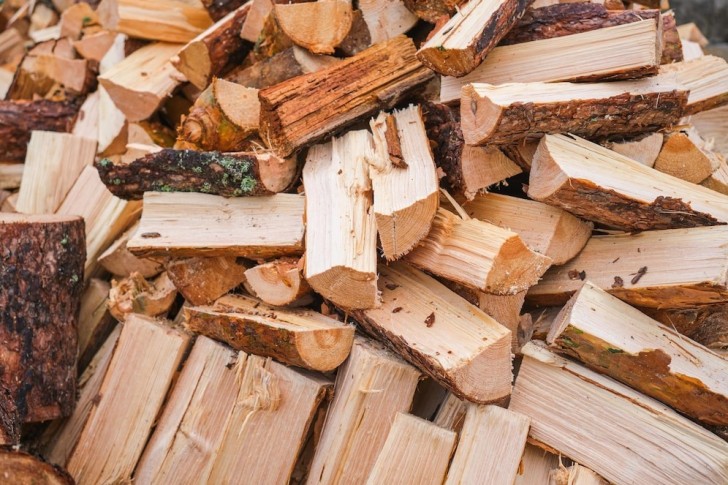Firewood: Learn how to dry it out quickly so that it burns more efficiently

Each winter, firewood is an important resource for those who heat their homes with wood-fired heating systems. Ideally, wood should be purchased and stacked well ahead of winter so that it has plenty of time to dry out thoroughly. Buying wood at the last minute is not at all ideal.
It is estimated that a recently cut branch or log, has a 30% humidity level. And even a dry woodpile exposed to inclement weather can "suck up" humidity, making the wood wet and less efficient when burned. Given this, here are some tips to ensure your woodpile stays dry at all times!
Storing wood: how long in advance should this be done?

wirestock/Freepik
If you normally start burning wood at end of autumn, you shouldn't wait beyond the end of summer to get your stock in. Within 2 or 3 months after purchase, the wood should be thoroughly dried out.
When wood is properly dry, it produces more heat and does not emit as much smoke. This, in turn means that much less creosote is produced during combustion (creosote is the dark, concrete-like substance that sticks to the walls of the chimney flue). The presence of creosote reduces the efficacy of a fire and is also a potential fire hazard.
How to make wood dry faster

ededchechine/Freepik
- Cutting up wood properly: first, cut the wood to a length that will comfortably fit into the fireplace. More importantly, if the logs are of fairly large diameter, split these lengthwise, following the grain of the wood. This increases the surface area of the wood which will be exposed to the air, hastening humidity evaporation;
- Cover your woodpile during inclement weather: When it rains, woodpiles should be covered up. But as soon as the sun come out again, take these covers off;
- When stacking woodpiles, do not make them too compact: leave empty spaces so that air can pass through and humidity is not allowed to accumulate.
There are also those who use a dehumidifier, but only when the wood is already taken indoors. Also, be aware that keeping large quantities of wood indoors can be a way of bringing "unwelcome critters" into the home. If you have the space needed near the house - and which is sheltered from the weather - it is best to keep your wood in this spot. Wood from outside can also be dried out if placed near the fire or when placed on the stove/wood burner.
In short, it takes some work to keep your wood dry, but it's well worth it in the end!